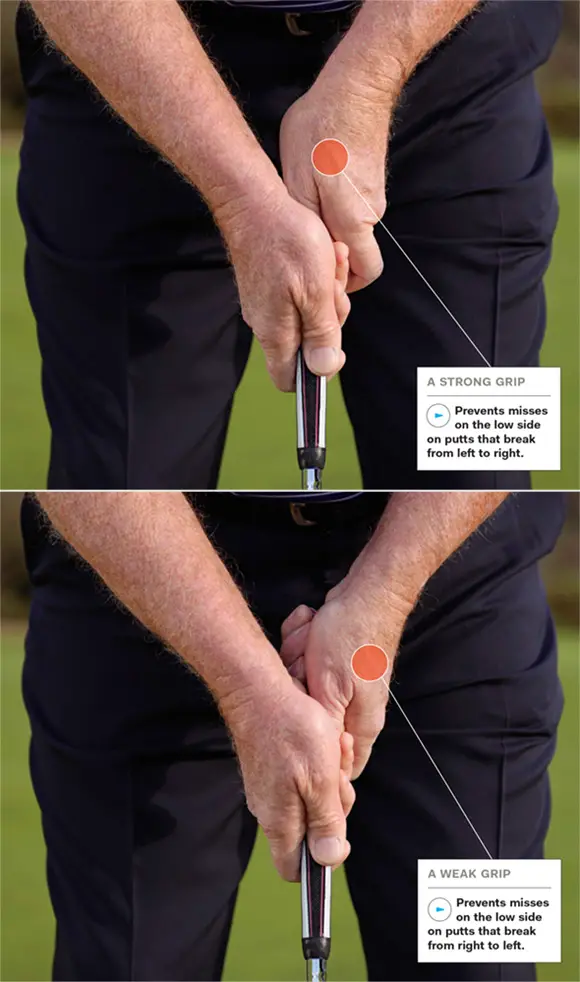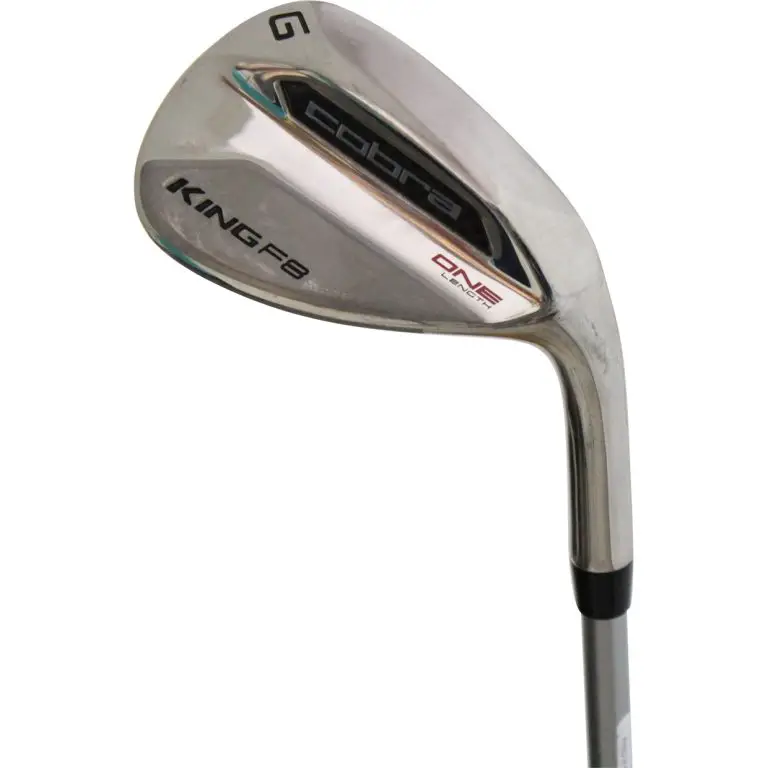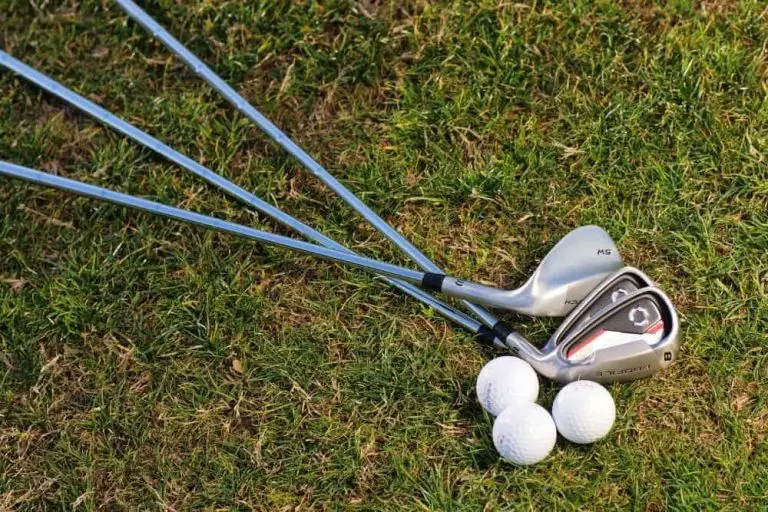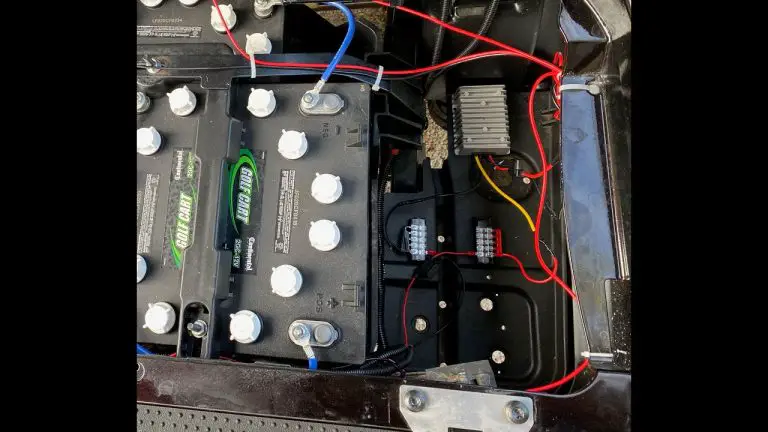What Is Ball Striking In Golf
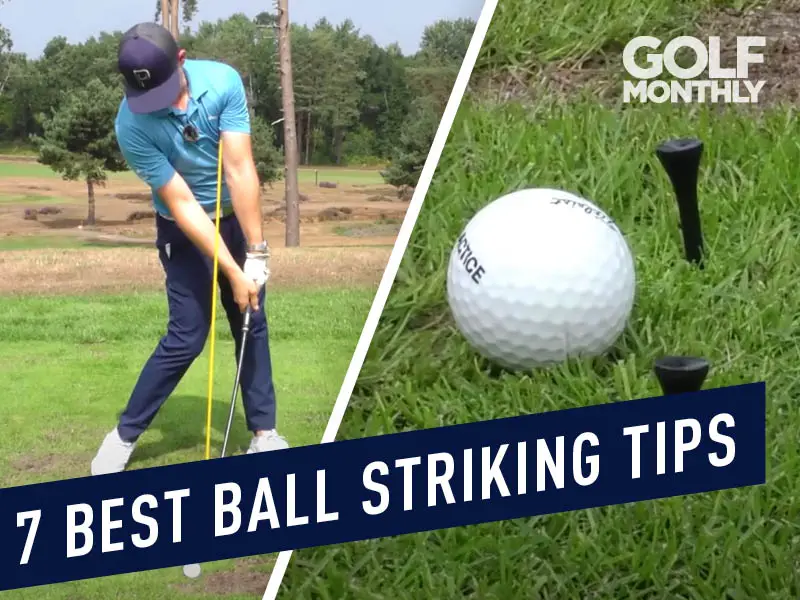
Golf is a sport that requires a unique combination of skill, precision, and patience. One of the most important skills in golf is ball striking. In essence, ball striking is the ability to make clean contact between the clubface and the ball. It sounds simple enough, but there are a number of factors that go into successful ball striking, including clubhead speed, angle of attack, swing path, and impact position.
Ball striking is crucial for producing accurate, powerful shots that travel the desired distance and direction. It’s a skill that is essential for golfers of all levels, from beginners to professionals. Whether you’re a seasoned golfer or just starting out, understanding the basics of ball striking can help you improve your game and achieve greater success on the course.
In this article, we’ll explore the fundamentals of ball striking, techniques to improve your skills, common mistakes to avoid, and advanced strategies for shaping shots and controlling trajectory. By the end of this article, you’ll have a comprehensive understanding of what ball striking is, why it’s important, and how you can improve your skills to take your game to the next level.
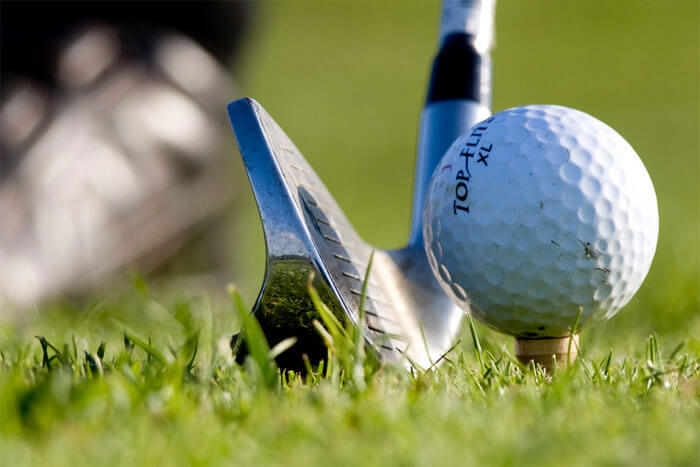
Understanding Ball Striking
At its core, ball striking is the process of making clean contact between the clubface and the ball. It involves several key components, including clubhead speed, angle of attack, swing path, and impact position.
Clubhead Speed
Clubhead speed refers to the velocity of the clubhead at impact. It’s crucial for generating power and distance, but it must be balanced with control and accuracy.
Angle of Attack
The angle of attack refers to the angle at which the clubhead approaches the ball. A shallow angle of attack produces higher shots with less spin, while a steep angle of attack produces lower shots with more spin.
Swing Path
Swing path refers to the direction in which the clubhead travels during the swing. A straight swing path produces straight shots, while an inside-out or outside-in swing path produces draws or fades.
Impact Position
Impact position refers to the position of the clubface at the moment of impact. A square clubface produces straight shots, while an open or closed clubface produces slices or hooks.
Techniques to Improve Ball Striking
Improving ball striking requires a combination of technique, practice, and proper equipment. Here are some tips to help you improve your ball striking skills:
Improving Clubhead Speed
Increasing clubhead speed requires a combination of strength, flexibility, and proper mechanics. Here are some techniques to help you improve your clubhead speed:
- Incorporate strength training exercises into your workout routine, focusing on the muscles used in the golf swing.
- Warm up properly before hitting balls, focusing on stretching and activating the muscles used in the golf swing.
Optimizing Angle of Attack
Optimizing your angle of attack involves finding the right combination of ball position and club selection. Here are some techniques to help you optimize your angle of attack:
- Adjust your ball position to produce the desired angle of attack.
- Experiment with different clubhead designs and lofts to find the right combination for your swing.
Adjusting Swing Path
Adjusting your swing path requires an understanding of the swing plane and proper mechanics. Here are some techniques to help you adjust your swing path:
- Use swing aids, such as alignment rods or training aids, to develop a proper swing plane.
- Focus on keeping your swing on the proper plane throughout the swing.
Perfecting Impact Position
Perfecting your impact position requires proper wrist hinge and the ability to hit down on the ball. Here are some techniques to help you perfect your impact position:
- Work on developing a proper wrist hinge during the backswing.
- Focus on hitting down on the ball at impact to produce a more penetrating ball flight.
Common Ball Striking Mistakes
There are several common ball striking mistakes that can cause you to miss shots or lose distance. Here are some of the most common mistakes and how to fix them:
Fat Shots
Fat shots occur when the clubhead strikes the ground before making contact with the ball. To fix fat shots, focus on:
- Keeping your weight centered over the ball throughout the swing.
- Practicing drills that encourage a descending strike on the ball.
Thin Shots
Thin shots occur when the clubhead strikes the top of the ball, causing it to fly low and without much distance. To fix thin shots, focus on:
- Keeping your weight forward during the swing.
- Practicing drills that encourage a more shallow angle of attack on the ball.
Slicing and Hooking
Slicing and hooking occur when the clubface is open or closed at impact, causing the ball to curve in one direction or the other. To fix slicing and hooking, focus on:
- Adjusting your grip to produce a more neutral clubface position at impact.
- Practicing drills that encourage a more inside-out or outside-in swing path.
Advanced Ball Striking Techniques
Once you’ve mastered the fundamentals of ball striking, you can move on to more advanced techniques, such as shaping shots and controlling trajectory.
Shaping Shots
Shaping shots involves intentionally curving the ball in one direction or the other. To shape shots, focus on:
- Adjusting your grip and clubface position to produce the desired ball flight.
- Practicing with purpose to develop consistency in your shot shaping.
Trajectory Control
Controlling trajectory involves adjusting the loft and spin of the ball to produce the desired flight path. To control trajectory, focus on:
- Adjusting the loft of your club to produce a higher or lower ball flight.
- Experimenting with different spin rates to produce the desired ball flight.
Ball Striking and Scoring
Ball striking has a direct impact on your scoring, as it directly affects the distance, direction, and trajectory of your shots. To improve your scoring, focus on improving your ball striking skills and avoiding common mistakes.
Frequently Asked Questions (FAQs)
What is a good ball striking percentage?
A good ball striking percentage varies depending on skill level, but most professionals aim for a ball striking percentage of at least 75%.
Can ball striking improve with age?
Yes, ball striking can improve with age, as golfers develop greater experience and knowledge of the game.
Do professionals have better ball striking ability?
Yes, professionals generally have better ball striking ability than amateurs, as they have spent years developing their skills and perfecting their technique.
Conclusion
Ball striking is a critical component of a golfer’s game, and improving your ball striking skills can lead to significant improvements in your scoring and overall game performance. By understanding the fundamentals of ball striking, techniques to improve your skills, common mistakes to avoid, and advanced strategies for shaping shots and controlling trajectory, you can take your game to the next level and achieve greater success on the course.


